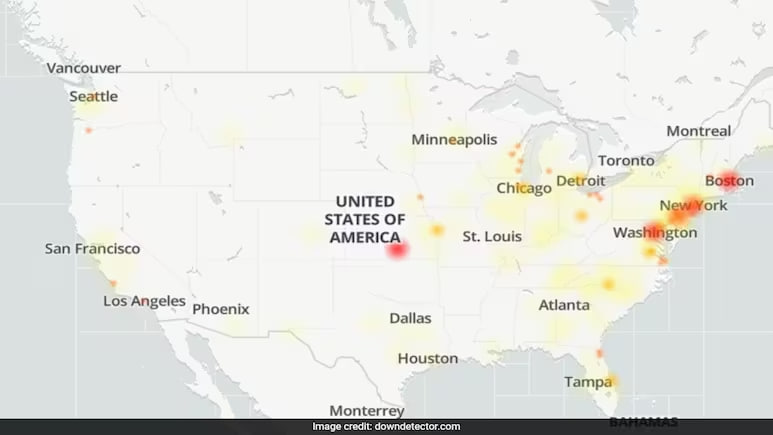The crypto universe is a rollercoaster of volatility, witnessing dramatic shifts that often leave both newcomers and seasoned investors puzzled. Understanding the dynamics of bull and bear markets in the crypto realm is crucial for navigating this ever-evolving landscape.
Bull Market: Charging Towards Optimism
A bull market signifies a period of soaring prices and an optimistic outlook among investors. It’s characterized by sustained upward trends, increased trading volumes, and a general sentiment of confidence in the market. During these times, cryptocurrencies experience substantial price appreciation, drawing in new investors eager to capitalize on the rising values.
Several factors can trigger a bull market in crypto. Positive news, such as regulatory advancements favoring digital currencies or the adoption of blockchain technology by prominent institutions, often sparks enthusiasm among investors. Additionally, innovations within the crypto space, like the introduction of new tokens, improved scalability, or enhanced utility of existing cryptocurrencies, can fuel bullish sentiments.
Investors in a bull market adopt strategies like ‘buy and hold’ or ‘buying the dip,’ aiming to capitalize on the upward momentum. It’s a period where optimism prevails, fostering a ‘fear of missing out’ (FOMO) mentality among market participants.
Bear Market: Weathering the Storm of Pessimism
Conversely, a bear market represents a downturn in prices, pessimism, and a general lack of confidence in the market. It’s characterized by sustained price declines, reduced trading volumes, and a prevailing sentiment of negativity among investors. During these phases, cryptocurrencies witness prolonged periods of value erosion, leading to a cautious approach from market participants.
Numerous factors can trigger a bear market in crypto. Regulatory crackdowns, security breaches, market manipulation, or economic uncertainties often contribute to a decline in investor confidence. Additionally, overvaluation, inflated speculation, or a lack of fundamental support for certain cryptocurrencies can lead to market corrections.
In a bear market, investors may adopt defensive strategies like ‘selling the rallies’ or ‘shorting’ to mitigate losses or capitalize on declining prices. It’s a period marked by caution and the need for risk management, as prolonged bearish trends can significantly impact portfolios.
Navigating the Waves
For crypto investors, navigating between bull and bear markets requires a balanced approach and a deep understanding of market trends. Diversification, thorough research, and a long-term investment mindset are key elements in weathering the volatility inherent in the crypto space.
It’s essential to stay informed about market dynamics, technological advancements, regulatory changes, and macroeconomic factors influencing cryptocurrencies. Embracing volatility as an opportunity rather than a threat can help investors make informed decisions during both bullish and bearish phases.
Remember, markets are cyclical, and transitions between bull and bear markets are inevitable. Building a resilient investment strategy that adapts to changing market conditions is fundamental to thrive in the crypto space.
Disclaimer: Investing in cryptocurrencies involves risk. It’s advisable to conduct thorough research and seek professional advice before making any investment decisions.
Understanding the ebb and flow of bull and bear markets in crypto is a crucial aspect of navigating this dynamic and ever-evolving financial landscape.






